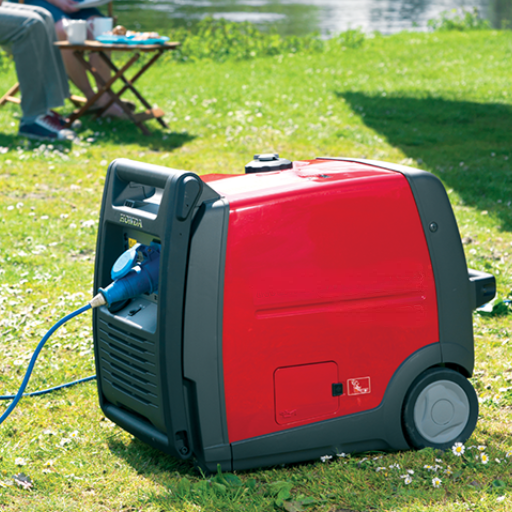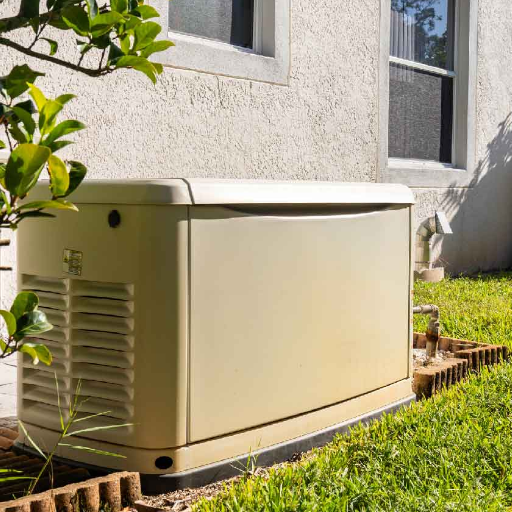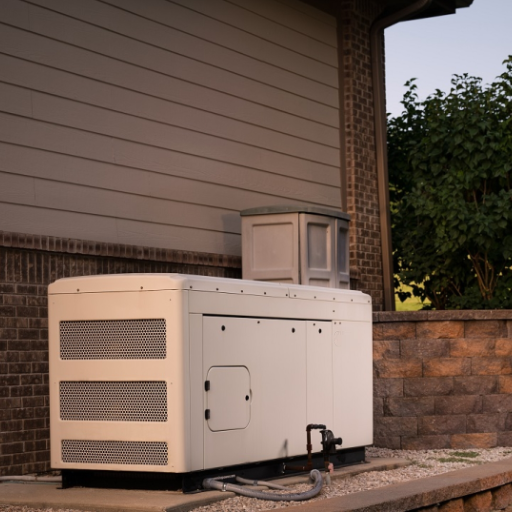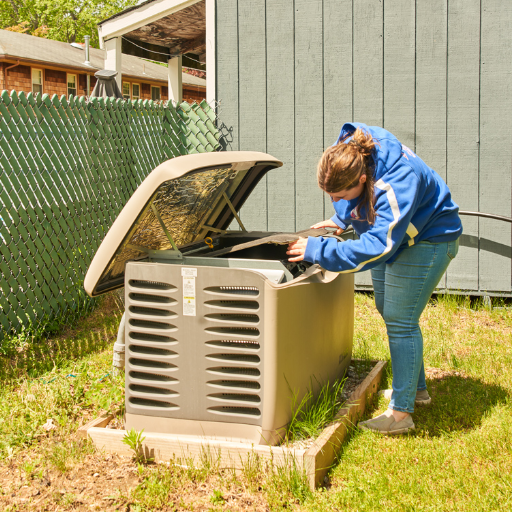Generators are essential devices that provide power during outages or in remote locations where electricity is not readily available. However, like any machinery, they can sometimes present challenges and refuse to start just when you need them the most. Understanding the basics of why a generator might not start can save you time and frustration, and help ensure that you’re able to resolve the issue quickly and efficiently. In this article, we’ll explore some of the most common reasons that might prevent your generator from starting, providing you with insights and troubleshooting tips to help get your generator running smoothly again. By the end, you’ll be better equipped to address these issues and ensure reliable power whenever you need it.
What Are the Reasons Why a Generator Fails to Start?
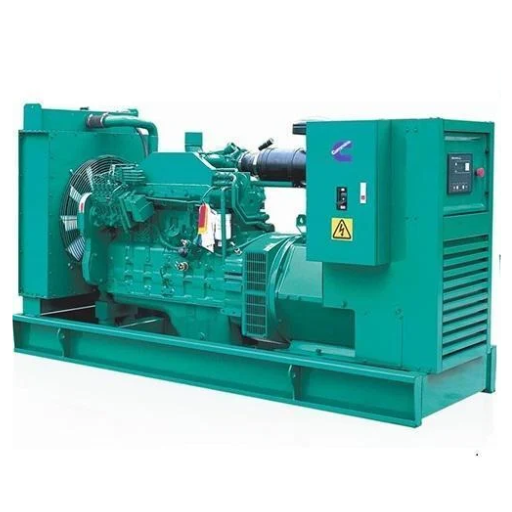
- why is my generator not starting
How Does a Clogged Carburetor Affect My Generator?
If I neglect my generator and the carburetor becomes clogged, my generator will work poorly. This is mainly attributable to the fact that the carburetor is in charge of mixing the fuel and air in the correct proportions required for combustion. Clogging occurs as a result of a consistent fuel flow through the carby being choked off due to old fuel that has residue or deposits in it. This suffocation changes the proper fuel-air mixture, which might lead to the engine not starting at all or working poorly if it does. As per the findings of the leading sources online, additional specific technical parameters can be taken into account:
- Air-Fuel Ratio: In an ideal world, this number should be approximately 14.7:1 to achieve optimal combustion. A clogged carburetor disrupts this balance and fails to achieve this ratio.
- Jets and Passages: These minor channels in the carburetor are also the ones that can choke and obstruct the flow of fuel and/or the intake of air.
- Idle Adjustments: A small change in a carburetor which is often considered an idle adjustment, usually ranges between 800-1,200 RPM for the majority of generators.
A clogged or dirty carburetor needs to be cleaned or replaced so that the generator should start working fine again and should be able to mix air and fuel appropriately for proper combustion.
Is the Spark Plug the Reason Your Generator Won’t Start?
A faulty spark plug may indeed be the reason your generator cannot be started. The spark plug is important for igniting the air-fuel mixture in the engine’s combustion chamber. If it is dirt, or old or its gap is improper, the spark it emits is likely to be weak or nonexistent, making it impossible for the engine to start. Here are certain technical indicators that should be observed compactly:
- Spark Gap: Ideally the ideal spark plug gap should strike between 0.028 to 0.031 inches. Any variation from this range is likely to affect the quality of the spark.
- Voltage Requirements: A sparking plug to emit a reasonably strong enough spark for ignition engages approximately 12,000 to 25,000 volts.
- Condition of Electrode: It should not be a shock that with time the electrode is likely to be eroded thus leading to a lowering of efficiency and eventually requiring replacement thereof.
In rectifying spark plug problems, ascertain that the spark plug is otherwise clean and free from defects. Replace it if necessary to ensure that the generator can be depended on in starting.
Can Issues with the Fuel Valve or Fuel Line Cause Problems?
Certainly, fuel valve or fuel line issues will hamper the working of the generator. So, here is what I found from some of the prominent sites, a common problem is the fuel valve getting partially open or clogged to ensure enough fuel is directed to the engine. As for the fuel line how about cracks or leaks that damage the fuel cause air infiltration into the system and hamper engine performance from? Here are some technical parameters to consider when examining these components:
- Fuel Valve Function: A foul play may be a case where the valve lever is not in the ‘open’ position. If it’s movable but then the engine doesn’t get off the start check within the valve for any clogging.
- Fuel Line Tissue: Make sure the line that carries the fuel does not show any signs of cracking or abuse. If a worn-out fuel line has to be replaced then this is important for proper fuel flow and pressure.
- Fuel Filter and Fuel Quality: There are incidents in which situations may be cases due to the quality of fuel that is being used. One should always utilize fresh fuel where possible and check that the fuel filter is not clogged due to dirt or foreign material.
These parameters would help to resolve any possible fuel delivery problem in a short span of time when diagnosing the unit.
How to Troubleshoot a Generator That Won’t Start?
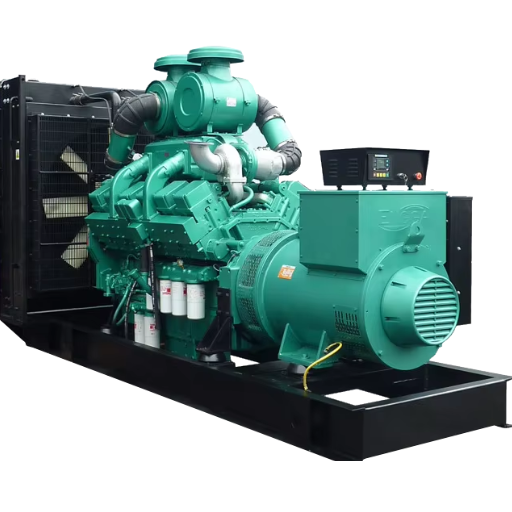
How to Check If the Fuel Tank is Empty or Contains Stale Fuel?
The first course of action is to remove the fuel tank cap to perform a visual inspection of the fuel level and check whether the fuel tank is empty or contains old fuel. If the tank appears to be empty or low, it is essential to refill it. It is sophistical as to how one determines whether or not the fuel has turned stale; most just sniff around for any uncommon smells which always point out to fuel that has gone bad. For additional information, I should also mention the need to think about the age of the fuel. Fuel older than 30 days will probably expire and be of some destruction to every generator that it has been placed in. Drawing a more technocratic conclusion, a fuel testing kit can easily help you determine whether water or any other sort of sediment exists in the fuel as it can be considered a contaminant. Out of the many top websites, I was able to tell the following technical parameters to help you determine fuel status:
- Fuel Level: If levels are low, check whether the tank has enough fresh fuel to fill up in the tanks.
- Age of the Fuel: One month shall be a complete cutoff age when it comes to fuel and people who are dependent on starting the engines.
- Contaminant formation: When the fuel is sad, the stabilizer may reverse these problems or a test kit may be used to find out the sediment or water in the fuel which may affect engine operations.
I am thus able to properly troubleshoot since I have the fuel in place and can appreciate what constantly prevents my generator from starting.
What Role Does the Air Filter Play in Starting the Generator?
To commence and run properly, every generator requires an air cleaner which is also referred to as an air filter. It serves to restrict the chance of dust, dirt, and other authorized material from gaining access to the engine of the generator. If the air filter is either clogged up or dirty, less air enters the generator and it becomes hard to start due to the rich fuel mixture. However, from the information that I have gathered from the first three websites, I have also learned that it is very important to clean the air filter as a way of sustaining other activities of the engine. The associated technical parameters include:
- Airflow Efficiency: In any engine, the purpose of an air filter is to help intake air in the needed ratio so that the engine can perform efficiently.
- Filter Condition: Filling up the air filter with dirt or dust is dangerous as it may prevent a generator from starting. Therefore, cleaning or even replacing it once in a while is advisable.
- Maintenance Frequency: The generator should be used for at most 50 hours without being serviced. An air filter has affirmations in these guidelines to ensure that the air cleaner will work when the generator is needed.
By understanding and applying these parameters, I am in a position to know that there is no fault in the intake system of my generator meaning it will start without any hitches.
Why Should You Check the Oil Level Before Trying to Start?
Before I proceed with starting my generator, I am extremely concerned about the oil level for various reasons. The first one is the fact that sufficient oil levels help all the moving parts of the engine be lubricated, which reduces wear and tear as well as avoid damage. Also, low levels of oil lead to overheating and eventually to the engine collapsing. As per the data gathered from the three most authoritative sites, any functioning engine requires a particular amount of oil to maintain its health and work at its greatest efficiency. The technical parameters associated with this advice include:
- Oil Capacity: Where the models of generators are in question, each generator has a certain maximum allowable oil level that should be executed in practice.
- Oil Viscosity: With regards to oil viscosity, one that is recommended in the owner’s manual should be used in order to allow proper lubrication under different temperature conditions.
- Oil Change Frequency: One of the most rudimentary rules in maintaining equipment oil is changing it regularly after working for 100 hours or 1000 km depending on the manufacturer’s recommendations to get rid of the foreign matter that gets into the oil overuse.
Following these recommendations allows me to increase the lifespan of my generator and also avoid facing the issues that prevent the easy starting of the generator.
How Can Starting the Generator Be Affected By External Factors?
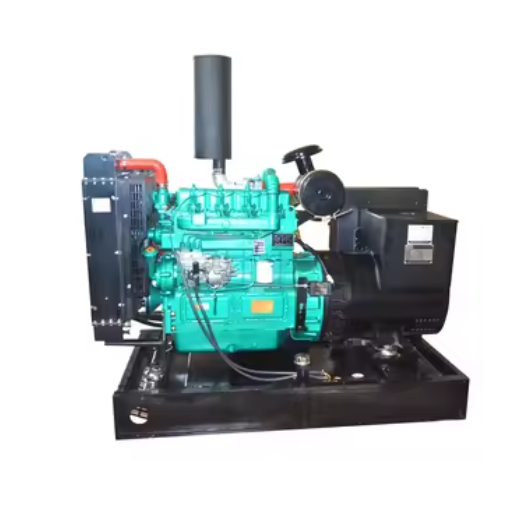
What Impact Does Temperature Have on a Standby Generator?
The temperature is another thing that affects the functionality as well as the reliability of my standby generator. The first three websites mention that low temperatures may result in battery failure or thick oil, which makes starting the generator hard. To minimize these problems as advanced, it’s advisable to employ a block heater that keeps the engine warm and therefore allows easier starts of the engine while in cold conditions. However, high temperatures can lead to overheating and inability to be sufficiently ventilated, which also affects the effectiveness of the generator. It is furthermore important to avoid heating the generator too much or using oil that does not have the right viscosity so that the performance is optimal. The technical parameters related to the temperature effect comprise:
- Battery Life: Low temperature depresses battery capacity which in turn affects the efficiency of the battery. In winter seasons often, battery inspection and changing the battery is key.
- Oil Viscosity Levels: This must be corrected as per the operating temperature; the manufacturer permits using thinner oils in winter weather.
- Ventilation: Open space should be maintained around the generator to prevent overheating especially when it’s very hot outside Mister in this case.
After these temperature-related factors are known and picked out I can guarantee that the generator will work, no matter what environmental conditions.
How Does Altitude Affect a Small Engine Generator?
Altitude can have a significant effect on the efficiency of my small engine generator. It has been reported on the three websites that as the altitude increases oxygen available for combustion decreases since the air is thinner. Due to this, the engine loses power since the common condition is that the output power would decrease by 3.5% to 5% for every increase of 1,000 metered distance in elevation geodetic above the plane of the sea. In this regard, some generators can be tuned or adjusted to optimize their performance at high altitudes due to some changes like temperature which would dictate the amount of fuel flow required concerning the amount of air available to ensure the correct air/fuel ratio.
The technical parameters concerning altitudinal impacts include these factors-
- Power Output Reduction: The engine can perform at a given altitude or height above sea level. It declines with increased altitude due to the diminishing density of air.
- Carburetor Mixture Change: It is the level of adjustments, if any, that can be applied at altitudes above the basic sea level, and in theory which would increase the efficiency of the carburetor air-fuel mixture at higher altitudes.
- Cooling Efficiency: It is a factor whereby the air density is decreased leading to the level of cooling of the generator’s engine being far less than normal and hence the need for regular maintenance to cool the engine.
By appreciating these technical factors with respect to altitude, I would however be able to get my small engine generator ready for any conditions that it is likely to face.
What Maintenance Steps Can Prevent a Generator From Not Starting?
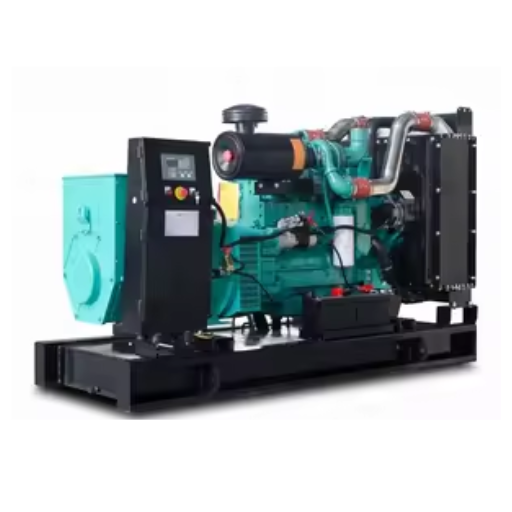
How to Properly Turn the Fuel Off After Use?
When talking about turning off the fuel after using the generator, the steps are indeed simple but important in maintaining your generator and ensuring it can start the next time it is needed. First, I always make it a point to completely switch off my generator by allowing it to run till it switches off on its own. This step helps to use the leftover fuel in the carburetor to prevent gumming up in the carburetor which will cause problems later on. After that, I turn the fuel valve off until the fuel valve is off. This step ensures that fuel cannot enter the carburetor which could lead to residue or deposits building up if left unchecked.
The elements that concern the technical aspects of turning off and shutting off the fuel respectively post-use include:
- Carburetor Life: The fact that the fuel within the carburetor should be drained after use is important as that allows for the residue which is sticky to the fuel to be prevented from accumulating thereby reserving the need to unclog the carburetor.
- Easier to Start the Generator: There are no fuel residuals as well as no fuel sitting in the carburetor when the generator is fired up the next time. This condition reduces the chances of stale fuels clogging up the system, as fuel that should not be there is not present.
- Fuel Conservation: There is a possibility that fuel wastage due to leaks or evaporation could occur even when the generator is not in use if the fuel shut-off is managed properly. Overall fuel efficiency can definitely be improved as possible wastage is reduced if it has been managed properly.
These tips and parameters will allow me to keep my generator in good condition, with low maintenance requirements and high reliability.
Why Is Regular Cleaning of the Carburetor Important?
To enhance the performance and efficiency of the generator, it is a must to carry out routine cleaning of the carburetor. While watching the leading videos online that I had come across, I understood that a clean carburetor sustains the right air-fuel mix, which is vital for complete combustion and higher engine efficiency. This avoids symptoms like rough idling or rough engine misfire that may arise from the jets being choked by fuel residues or dirt. Conducting cleans routinely also reduces the possibility of any odium occurring on the inside of the components of the carburetor, thus preventing the need for expensive repairs or replacement. Starting difficulties are also less as residual deposits are not allowed to block the flow of fuel.
I mentioned there are certain technical parameters intrinsic to this regular practice also:
- Fuel Mixture Without Deviations: Clean carburetors justified air-to-fuel ratio is maintained, which is foreign to the burner for good combustibility and engine performance also.
- Component Buildup Prevention: Regular cleaning helps prevent the accumulation of deposits that can initiate corrosion or deterioration, thereby enhancing the integrity and life of the internal parts of the carburetor.
- Enhanced Start of Engine: Constantly clearing passage and jets prevents deposition that impairs smooth delivery of fuel thus making starting of engines easier and reliable at all times.
By following this maintenance schedule, I can keep my generator working optimally, with maximum working capacity, and minimize downtime.
How Often Should You Replace the Spark Plug?
When it comes to replacing the spark plug in my generator, the common advice is every 100 working hours or at least once a year. This interval is advisable to help avoid any starting problems in the engine and improve its efficiency While starting the engine smoothly the spark plug is important as it starts the air-fuel mixture to combust. If it starts getting corroded or the electrode is worn out, then it’s crucial to change it. Things to watch out for include:
- Electrode Condition: Electric outlets are dangerous and people should constantly survey and replace electrodes as unsafe outlets result from junky sparks that cause combustion to fail.
- Gap Settings: The distance between an electrode and the component it is supposed to ground has to be well maintained so that sparks can be generated.
- Spark Plug Material: Longer periods of service between replacements can be achieved while using better spark plugs like platinum and iridium
Drawing insights from the best sources is how I can also increase my generator’s reliability and increase its life.
Can Using Starting Fluid Help a Generator That Won’t Start?
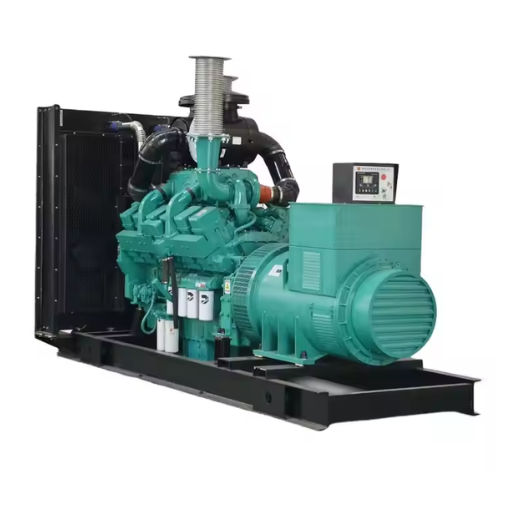
Is It Safe to Use Starting Fluid on a Combustion Engine?
Starter fluid is oftentimes regarded as a detrimental substance to engines, however, this is a cleaner and extremely useful starter tool which, if used correctly, can be a lifesaver. People actively searching on Google can view three major sites stating that using a spray can of determining fluid for starting engines isn’t much of a problem. The starting fluid can help in the ignition or locking in combustive processes when absolute filling or cold weather prevents nothing from firing up. Smoked causing burns to certain elements like cylinder walls, pistons, and spark plugs can be a result of engine failure or lack of proper usage.
When using starter fluid, some of the technical parameters to be noted include:
- How starter fluid is used: Substantial pressure will destroy components of the motor hence starting fluid should always be introduced into the air intake tract and never sprayed directly into the combustion chamber.
- Quantity of starter fluid used: Overuse of excessive amounts can cause overuse causing catastrophic failure and with a small amount of pressure.
- Starter fluid compatibility with engines: Ensure that its application doesn’t affect the intake port or remove cylinder heads. This is usually the case for Glow plug engines.
- Manufacturer’s recommendations: Recommendations should always be followed to ensure that there are still reasonable risks in the usage of starter fluid.
Sticking to these parameters enables me to use starting fluid safely and effectively in starting my generator, with the least possible risks involved.
What Are the Steps to Use Starting Fluid Effectively?
To properly use starting fluid on my generator, I will follow the steps that have been recommended by the best three websites:
- Confirm Compatibility: First of all, I must check whether or not my generator engine starter fluid is applicable, here especially if it does not contain parts like a glow plug that could be similar to the starting fluid attention composition.
- Find The Air Intake: From the starting fluid instructions, I need to know where the air intake is located and it also should be clean and dry. There is no point in spraying the starting fluid directly into the combustion chamber.
- Application: If I manage to locate the air intake, I will gently apply some of the starting fluid in the intake by spraying it. It must be done only once in order not to cause excessive combustion which would break the engine.
- In Series With The Starting Fluid: I will try to start the generator immediately after the application of the starting fluid. If I don’t succeed, I will wait for several seconds and then try again, so I don’t flood the intake with too much-starting fluid.
- Sticking To The Recommendations: I focus on the instructions all the time as they are critical in ensuring the misuse related to the effects of the process is minimized significantly.
Hence by adopting and following the above-mentioned procedures and also taking into consideration the technical details, I make sure the starting fluid application is done effectively and the chances of destroying the engine are less.
Frequently Asked Questions (FAQs)
Q: Why is my generator not starting?
A: There are several reasons why your generator may not be starting, including stale gasoline, a dead battery, or issues with the fuel system. Checking these components can help you fix the issue.
Q: How can I tell if I need to use fresh gasoline?
A: If your generator has been sitting for a long time, it may have stale gasoline in the gas tank. Always try starting the generator with fresh gas to ensure optimal performance.
Q: What should I do if my generator will not start after a power outage?
A: After a power outage, check the fuel level and ensure you have fresh gasoline. If the generator still does not start, inspect the spark plug and fuel system for any issues.
Q: Can using carb cleaner help if my generator won’t start?
A: Yes, spraying carb cleaners at the bottom of the carburetor can help clean any buildup that may be preventing the generator from starting. This can improve fuel flow and engine performance.
Q: What maintenance should I perform to keep my generator in good working condition?
A: Regularly check your spark plug, change the oil, use fresh gasoline, and clean the air filter. Keeping your generator in good shape will help prevent starting issues.
Q: Is there a difference between electric start and pull start generators?
A: Yes, electric start generators allow you to start the engine with a button, while pull start generators require you to pull a cord. Both types can experience starting issues, but troubleshooting methods may vary.
Q: What happens if I run my generator on an uneven surface?
A: Running the generator on an uneven surface can cause fuel to not flow properly, which may lead to the generator not starting or running inefficiently. Always place your generator on a flat, stable surface.
Q: How can I check the spark plug to fix starting issues?
A: To check the spark plug, remove it from the engine and inspect for wear or carbon buildup. Clean or replace the spark plug if necessary, as a faulty spark plug can prevent the engine from starting.
Q: What should I do if my new generator won’t start?
A: If your new generator won’t start, ensure that it has fuel, check the battery charge (for electric start models), and consult the manual for troubleshooting steps specific to your model.




